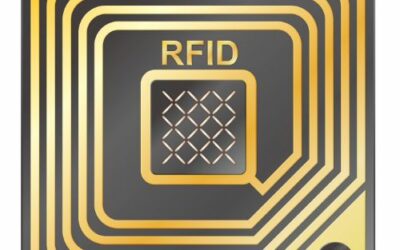Wish to organise your hardware but you’re not sure how? Find out why using hardware asset management software can make the process an easy one!
The Use Of Artificial Intelligence And Equipment Tracking Systems
The Use Of Artificial Intelligence And Equipment Tracking Systems
Most of us are aware that artificial intelligence is becoming more and more advanced. Many of us are also aware of chat-related benefits that artificial intelligence (AI) has created. However, not everyone knows that the use of AI alongside an equipment tracking system can be a great thing. But how can AI help when used with tracking systems and can they make a real difference? We’re going to take a look at this now.
Inventory Management
The role of inventory management is an important one, even if AI is not used. However, one of the best things that you could use AI for is inventory management. When you use an equipment tracking system it can get a boost when you use AI. This is thanks to the fact that artificial intelligence can ensure that your inventory is under more control.
Artificial intelligence can potentially be more reliable when it comes to showing you where your inventory is. However, when it is used alongside a reliable equipment tracking system there are many possibilities. You could, for example, leave it to AI to order more products. You may be able to ensure that the right people always have access to the right tools, and so on. As long as you use a tracking system that you can rely on, AI can potentially enhance it. If you use a tracking system that’s somewhat lacking, there may be limits to what artificial intelligence can do. This is why it always pays to use a tracking system you know works well.
Quality Inspections
If you manufacture anything you will know full well how important quality inspections are. You need to make sure that your customers are happy. It’s important that all of your products are in the ideal condition. This is where artificial intelligence can help immensely. When it is used in the workplace it can help to improve your quality inspections immensely.
When you use artificial intelligence, you could see which parts tend to fail inspections more frequently than others. This could help you to make changes where necessary. In addition to this, you could see where improvements in your manufacturing process could be made. Not only could this help to iron out any potential issues, it could save you time as well as money.
Imagine being able to offer better quality products to your customers thanks to artificial intelligence. There’s a real potential here for your customers to have more faith in your company. It may even be something that you could advertise to your customers.
Artificial Intelligence And Machine Learning
In the future, there’s a chance that machine learning could be improved by artificial intelligence. A result of this means that you could automate a lot of different equipment tracking system-related activities.
Machine learning revolves around your computer systems learning without you having to program them. This occurs by the machines examining a range of statistical models and algorithms so that inferences can be drawn from them. Consequently, you could automate a lot of tasks that take too much time. You could, for example, put an end to ticking boxes. You could, for example, understand whether your delivery is on the way. When you log into your tracking system you could possibly see exactly where your delivery is. With all of this in mind, you could find that your business begins to benefit from the use of machine learning and AI.
The Continued Use of AI
Without a doubt, it looks as though artificial intelligence is here to stay. We have already seen its continued use and growth in many different businesses. It’s also very likely that a lot of businesses will begin to use AI in many different ways. When it comes to using an equipment tracking system in the workplace, there’s a chance your equipment is better taken care of. The maintenance of your equipment could be improved and automated. What this means is that you may no longer need to worry about your equipment. It could be in safe hands. A direct result of this means that you could save your business money. You could no longer spend as much money replacing and repairing assets that have broken down.
While it is hard to say what the future could hold for the world of AI, we know that it could help in the workplace. You may well find that in just a few years a lot of your workplace procedures are automated by artificial intelligence. A direct result of this means that you could find that equipment tracking is far easier. Along with this, there may be other areas of your business that could benefit from the use of artificial intelligence.
Would you like to chat with an equipment tracking system about the use of artificial intelligence? Contact us at team@itemit.com.
The Ideal Equipment Tracking System
Choose a better way to track your assets
Start your free 14-day trial now
Instant access. No credit card details required.
Related articles
Tips For Organising Your Hardware
IT Asset Management Made Simple
Having trouble organising your IT assets? Read this post now to find out how using IT asset inventory software can help immensely!
How To Get Started With RFID
How does RFID tracking work and how can you begin to get started with it? Read this article as it explains everything you need to know!






